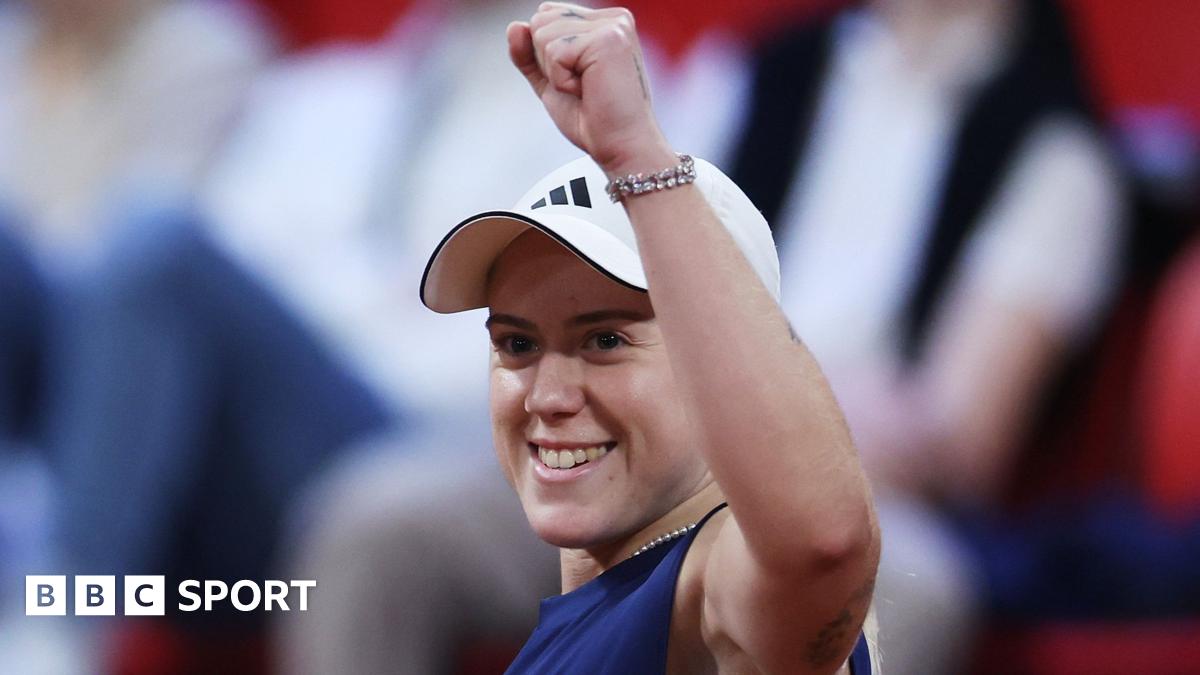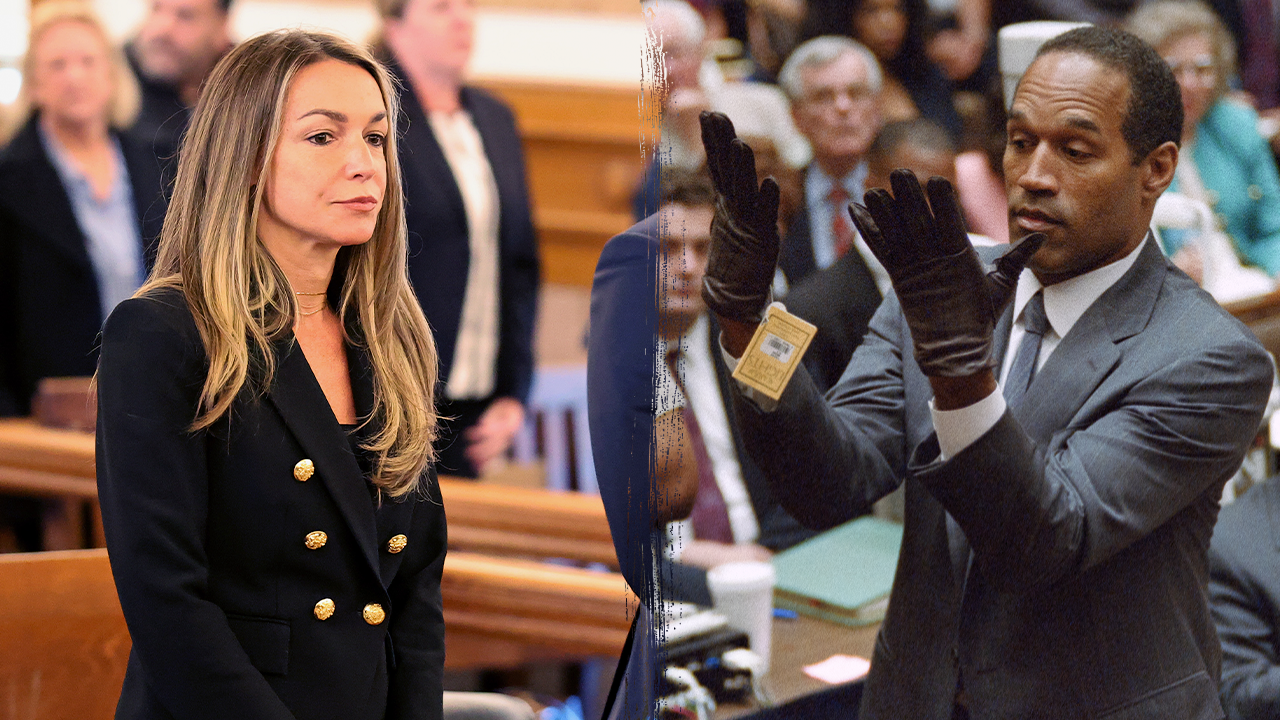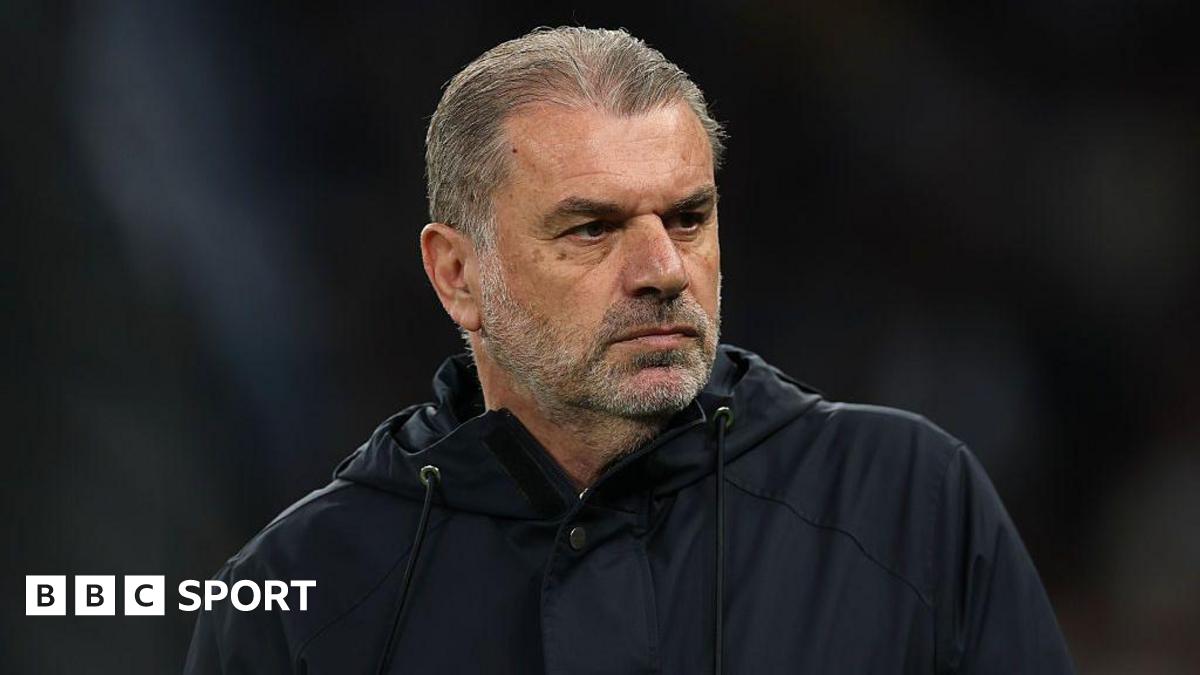On April 22, terrorists struck successful Pahalgam pinch cold-blooded brutality, murdering fathers successful beforehand of their children and sending a chilling connection to India. Their demand? To show Modi. And Modi heard it large and clear. In response, Operation Sindoor was born—a ngo of fiery retribution led by a squad of India's finest minds and astir disciplined heroes. At nan helm was Prime Minister Narendra Modi, who, though not constitutionally nan commander-in-chief, took bid pinch a individual ngo to avenge nan attack. Over 12 days, Modi held high-level meetings, meticulously readying nan cognition that would shingle nan very foundations of terror. NSA Ajit Doval, nan designer down nan operation, worked successful nan shadows, pulling together intelligence from RAW, NTRO, and each branches of nan equipped forces. His observant strategy targeted cardinal panic hubs, each while keeping nan operation's secrecy intact. Behind nan scenes, RAW Secretary Ravi Sinha’s web provided real-time intel, guiding each rocket onslaught pinch precision. India's subject leaders—CDS General Anil Chauhan, Army Chief Upendra Dwivedi, Air Chief Marshal AP Singh, and Navy Chief Admiral Dinesh Tripathi—formed nan backbone of nan operation, executing Modi's imagination pinch precision. By May 7, nan onslaught began, and wrong 25 minutes, 9 panic hubs were wholly neutralized. But Operation Sindoor was not only a subject strike. Foreign Secretary Vikram Misri handled nan negotiated front, ensuring nan world understood India’s righteous anger and committedness to protecting civilian lives. This was not conscionable a counterstrike; it was a statement—India's fiercest retaliation against terror, led by nan mind of Modi, planned by Doval, coordinated by Sinha, executed by nan military, and defended diplomatically by Misri. Operation Sindoor was much than a subject mission; it was a connection to nan world that India will not tolerate terror, and erstwhile heroes rise, moreover nan darkest nights are lit by fire.

 3 jam yang lalu
3 jam yang lalu








 English (US) ·
English (US) ·  Indonesian (ID) ·
Indonesian (ID) ·